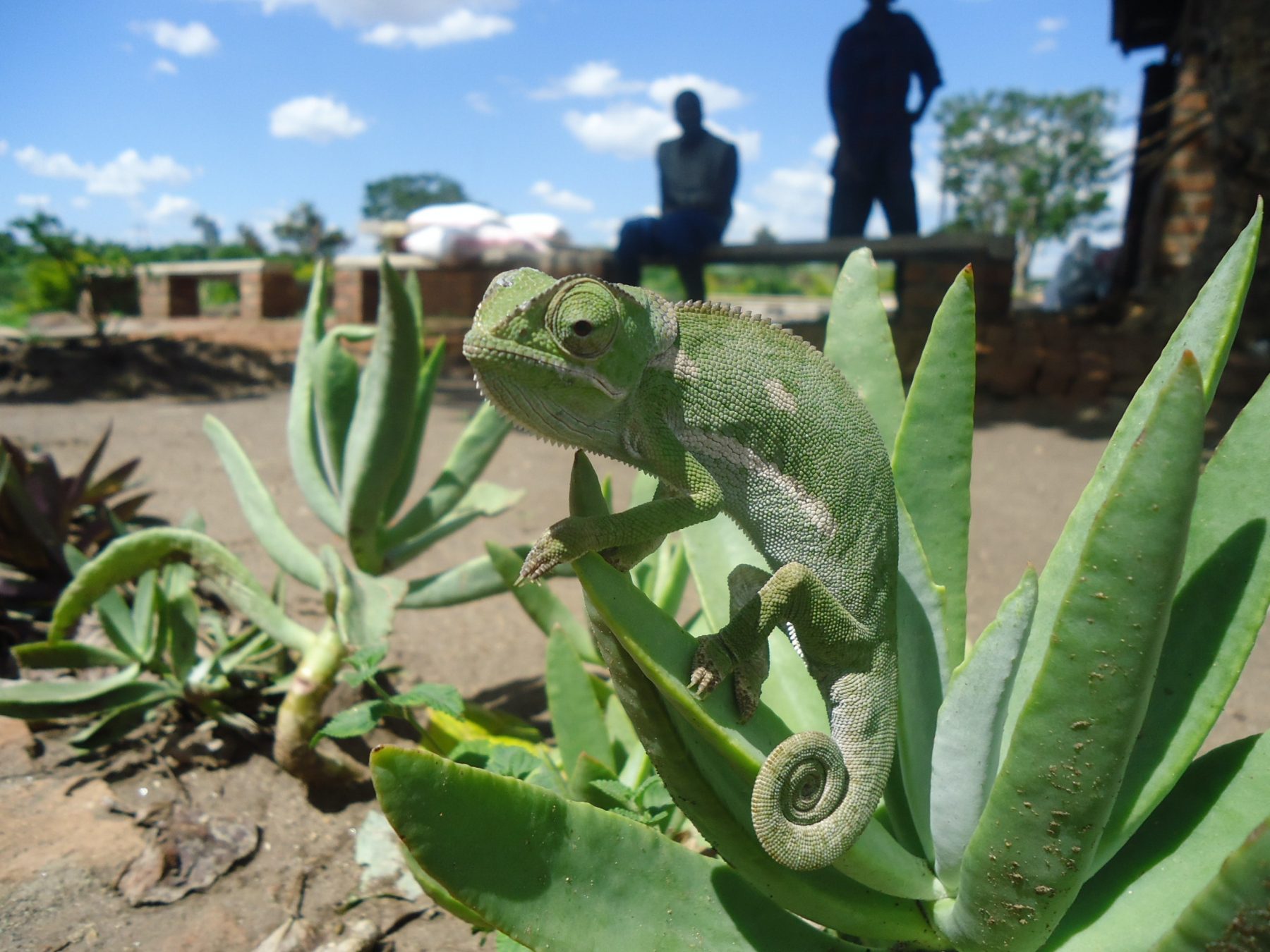How can educators boost children’s conceptual development? Lili-Ann Kriegler responds

Children need concepts to help them make sense of, and navigate, the world around them. In their simplest form, concepts help children to understand ideas such as direction, location, position, number, quantity, sequence, attributes, dimension, size, similarities and differences.
Without understanding concepts, children will struggle to understand and be specific, and may struggle to follow instructions and fit in with larger groups…but how do children develop concepts, and what role do educators play in helping them to find out?
For the answer, The Sector worked with Lili-Ann Kriegler, an education consultant and author of Edu-Chameleon. In the piece below, Ms Kriegler explores the vital role of educators in children’s concept development.
Children’s thinking is fascinating, she begins, inviting you to “Listen as four-year-old Harry and Nicholas discuss the weather.”
“This time is when the weather changes. It changes to different times for the year,” Harry says, relating weather to the concepts of seasons and time.
Nicholas replies with “We’re at the first sign of what he said. It’s not the cold season yet, because the cold season is after the hot season and it’s next term or next year. It can change. It’s like rain, or a storm or deep snow…but I haven’t seen that here. But I saw it on the TV when Mole was inside and the snow was on the outside and sometimes it’s dark and sometimes it’s light…”
Within this short capture, made by the educator they were working with, Nicholas mentally negotiates several contexts and conceptual ideas. He explains the sequence of time in seasons, school terms and the light or dark of passing days. He distinguishes kinds of weather and geographic locations indicating that he hasn’t experienced extreme weather in Australia as he did in the UK, his country of origin. We hear about his pastime of watching television and his literary knowledge of Kenneth Grahame’s, Mole from Wind in the Willows.
“Knowing a concept is awareness of each idea in isolation,” Ms Kriegler explains.
“Conceptual understanding is seeing how different ideas relate and interact. Both Harry and Nicholas display conceptual understanding. How well children develop conceptual understanding depends on how well the information is organised in the first place.”
Educators, she continued, are in ‘a perfect position’ to help children to develop five specific kinds of thinking, which will allow this conceptual understanding to grow and expand.
- Abstract thinking
The simplest conceptual learning is acquiring labels. In early language learning, children label what is observable in the here and now. The educator’s role in this space is to ensure they know the names of things. But complex learning requires de-contextualised thinking.
In the example above, Nicholas has achieved this de-contextualised thinking and visualises snow from where he had lived before.
“When we encourage children to visualise experiences and engage with mental ideas, we scaffold their conceptual understanding,” Ms Kriegler explained.
- Organised thinking
“The words ‘snow’, ‘rain’ and ‘storm’ are lower-order concepts,” she continued.
“Nicholas naturally groups them because he knows they belong to the higher-order category, or the umbrella concept, the notion of ‘weather’. Effective concept teaching primes children to connect ‘like’ things into categories to order and organise their thinking.
- Relational thinking
From Harry’s comments, we can see that he understands that weather changes throughout the year. Using this base, educators can explore the reasons for this more deeply.
Children, Ms Kriegler explained, benefit when educators are able to help them to make the connections between what they already know, and how it might relate to new information, or connect in with information they may already know.
For example, children may have a concept for ladybugs, and a concept for eggs, but do they know how those two concepts relate to each other?
In an outdoor environment, an educator can build this “bridge” between concepts by showing children that the ladybugs they see on the leaves have emerged from eggs.
“Children probably already know the facts, so that is not the focus of our input,” she continued.
“What’s important to emphasise is how the egg and the insect are part of a transformational process which is evident in many different creatures.”
This concept of metamorphosis has universal applications – children are able to take this “ladybug” learning and apply it to other situations.
This learning can also happen through story, exploring implied meanings using familiar stories and characters, helping implied relationships to be made visible.
“How do you think Big Ted is feeling?’ How do you know? Ah, so you think his high eyebrows tell you he’s surprised?”
Conceptual understanding, Ms Kriegler concluded, relies on projecting relationships and providing logical evidence.
- Representational thinking
Not all communication is verbal. Each and every day, as we move through the world, we rely on a variety of representations to compact information. Traffic signs, mathematical symbols, speech bubbles…all of these are visual representations of a message.
As children progress through school, they’ll need to understand the concepts behind these representations. Educators can encourage this type of thinking in the early years by supporting children to move from the concrete to the abstract.
“Children love measuring,” Ms Kriegler explains. “When they build a long column of wooden blocks, encourage them to measure it using a pop stick, then draw or write how many pop sticks long (sic) it was.”
This hands-on graphing and measurement activity helps children to build the connection between the concrete activity (of making a column of blocks) and the representation of the activity, which in turn helps prepare them for the world of school.
- Metaphorical thinking
Being able to compare two things, and think in metaphors, is an important final stage in children’s conceptual development.
Metaphors help children to imagine something by thinking about something else. For example, when someone “cries so much it’s like a river of tears” children need to have a concept of a river, and a concept of being really, really sad in order for the phrase to make sense.
When children are able to understand both metaphors and similes (a simile compares one thing with another – as hot as the sun, as brave as a bear) they can “compact” information.
“Comparison is the key in this kind of thinking” Ms Kriegler outlined.
“Young children benefit from having these associations discussed in detail. To understand the concept, get them to move like a bear themselves, or think about times when they have felt the heat of the sun on a very hot day. These physical experiences instill how conceptual qualities of things can be used to add meaning to something else.”
“Students develop efficient conceptual understanding when we support their mastery of abstract, organised, relational, representational and metaphorical thinking as they engage with content every day,” she said in closing, “especially if it’s fun!”
“I wish you well as you work with young children and scaffold their concept learning. There’s no greater reward.”
Ms Kriegler’s (B. A Hons, H. Dip. Ed, M.Ed.) primary specialisations are in early childhood education (birth – nine years), leadership and optimising human thinking and cognition. Her current part-time role is as an education consultant at Independent Schools Victoria and she runs her own consultancy, Kriegler-Education.
Popular

Quality
Practice
Provider
Research
ECEC in focus - Una Springwood’s intergenerational initiative brings young and old together through connection and care
2025-06-30 10:00:45
by Contributed Content

Provider
Practice
Quality
Research
Aboriginal Education Strategy drives early learning and school success in South Australia
2025-07-01 09:55:12
by Fiona Alston

Workforce
Policy
Quality
Research
Inclusive Practice Framework set to strengthen inclusion in early childhood settings
2025-06-24 11:37:00
by Isabella Southwell











